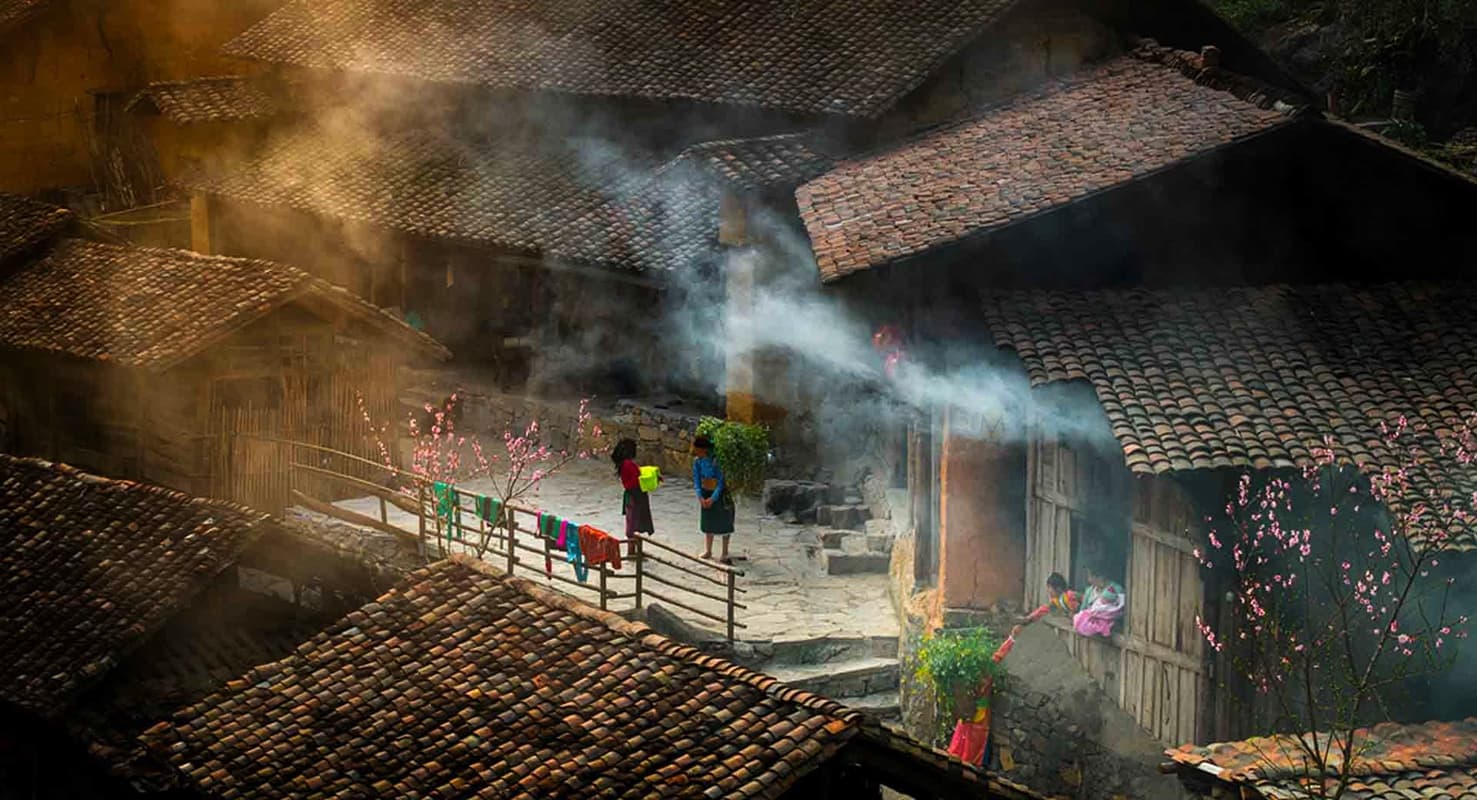Call Us:+84 902 011 200
Summary
Detail
Filter tour idea
0 result
Clear filter
×
Filter by destinations
Filter by category
There are no tours available





